
Taro Root: The Ancient Superfood Transforming Health and Sustainability
Taro, scientifically known as Colocasia esculenta, is more than just a humble root vegetable. With its rich history, diverse culinary uses, and remarkable health benefits, taro has gained recognition worldwide as a “superfood” that deserves a prominent spot in your diet. But its value doesn’t end with its root—this plant offers a wealth of benefits from its leaves to its cultural significance.
A Brief History of Taro
Taro is one of the oldest cultivated crops, with a history that dates back over 10,000 years. Native to Southeast Asia, it spread to the Pacific Islands, Africa, and the Caribbean, becoming a staple food in many tropical and subtropical regions. Known by various names such as kalo in Hawaii, dasheen in the Caribbean, and arbi in South Asia, taro has been cherished for its ability to thrive in challenging conditions and its versatility in the kitchen.
The Nutritional Goldmine: Taro Root
Taro root is a powerhouse of nutrients, offering a wide array of health benefits:
- Rich in Complex Carbohydrates: Taro is an excellent source of complex carbs, making it a great energy booster. Its slow-digesting nature ensures sustained energy levels throughout the day.
- Dietary Fiber: With high fiber content, taro supports digestive health, helps regulate blood sugar levels, and promotes a feeling of fullness, making it ideal for weight management.
- Packed with Vitamins and Minerals: Taro root is loaded with essential nutrients, including vitamin C, vitamin E, potassium, magnesium, and manganese. These contribute to improved immunity, heart health, and bone strength.
- Low in Fat: It’s naturally low in fat, making it a heart-healthy addition to any diet.
- Gluten-Free Alternative: For those with gluten sensitivities, taro serves as a versatile and nutrient-dense alternative to wheat-based staples.
Culinary Delights: How to Use Taro
Taro’s versatility in the kitchen is unparalleled. Its mildly sweet and nutty flavor makes it a delightful addition to both savory and sweet dishes. Here are some popular ways to enjoy taro:
- Boiled or Steamed: A simple preparation that retains its nutrients and pairs well with dips and sauces.
- Fried or Roasted: Taro fries or chips are a crispy, delicious alternative to potato-based snacks.
- Taro Mash: Similar to mashed potatoes, this creamy dish is a comforting side.
- Curries and Soups: Taro absorbs flavors beautifully, making it a perfect base for rich curries and hearty soups.
- Desserts: In many cultures, taro is a key ingredient in desserts like taro ice cream, cakes, and pudding.
Tip: Always cook taro before consuming, as raw taro contains calcium oxalate crystals that can irritate the skin and throat.
The Power of Taro Leaves
Beyond the root, taro leaves are a nutritional treasure trove. Rich in vitamins A and C, iron, and calcium, these leaves are a great addition to a balanced diet. When cooked, they lose their natural bitterness and become tender, making them perfect for dishes like:
- Laing: A Filipino dish where taro leaves are simmered in coconut milk and spices.
- Stuffed Taro Leaves: Similar to grape leaves, these can be filled with rice, meat, or veggies for a flavorful meal.
- Soups and Stews: Taro leaves add texture and a nutrient boost to broths.
Note: Like the root, the leaves must be cooked thoroughly to neutralize calcium oxalate crystals.
Health Benefits Beyond Nutrition
Taro offers more than just dietary advantages. Its bioactive compounds have shown promise in:
- Improving Heart Health: The potassium in taro helps regulate blood pressure, while its fiber lowers cholesterol.
- Managing Diabetes: Taro’s low glycemic index and resistant starch make it an excellent food for stabilizing blood sugar.
- Boosting Immunity: Antioxidants in taro, such as vitamin E and beta-carotene, fight oxidative stress and bolster the immune system.
- Aiding Skin Health: The vitamin E content supports skin repair and reduces signs of aging.
Taro in Traditional Medicine
For centuries, taro has been used in traditional medicine across cultures:
- In Ayurvedic practices, taro paste is applied to wounds and skin conditions.
- In Pacific Island cultures, taro is believed to have spiritual and healing properties, symbolizing life and fertility.
- In traditional Chinese medicine, taro is valued for its ability to strengthen the spleen and improve digestion.
Cultivation and Sustainability
Taro is a sustainable crop that thrives in wetlands and poor soil conditions. Its ability to grow in diverse environments makes it a reliable food source for communities facing climate challenges. Additionally, every part of the plant can be utilized, reducing food waste and contributing to a sustainable food system.
How to Incorporate Taro Into Your Diet
If you’re new to taro, start with simple recipes like boiled taro or taro soup. As you grow more familiar with its flavor and texture, experiment with creative dishes like taro pancakes or ice cream. For health-conscious individuals, taro flour is an excellent gluten-free alternative for baking.
Conclusion: A Root for the Ages
Taro (Colocasia esculenta) is more than just a plant; it’s a symbol of resilience, versatility, and nourishment. From its nutrient-rich root to its vitamin-packed leaves, every part of this plant offers unique benefits that make it a must-have in your diet. Whether you’re seeking better health, a sustainable food source, or culinary inspiration, taro is a gift from nature waiting to be unlocked. So, the next time you see this unassuming plant, remember—you’ve just found a treasure trove of potential.
News in the same category

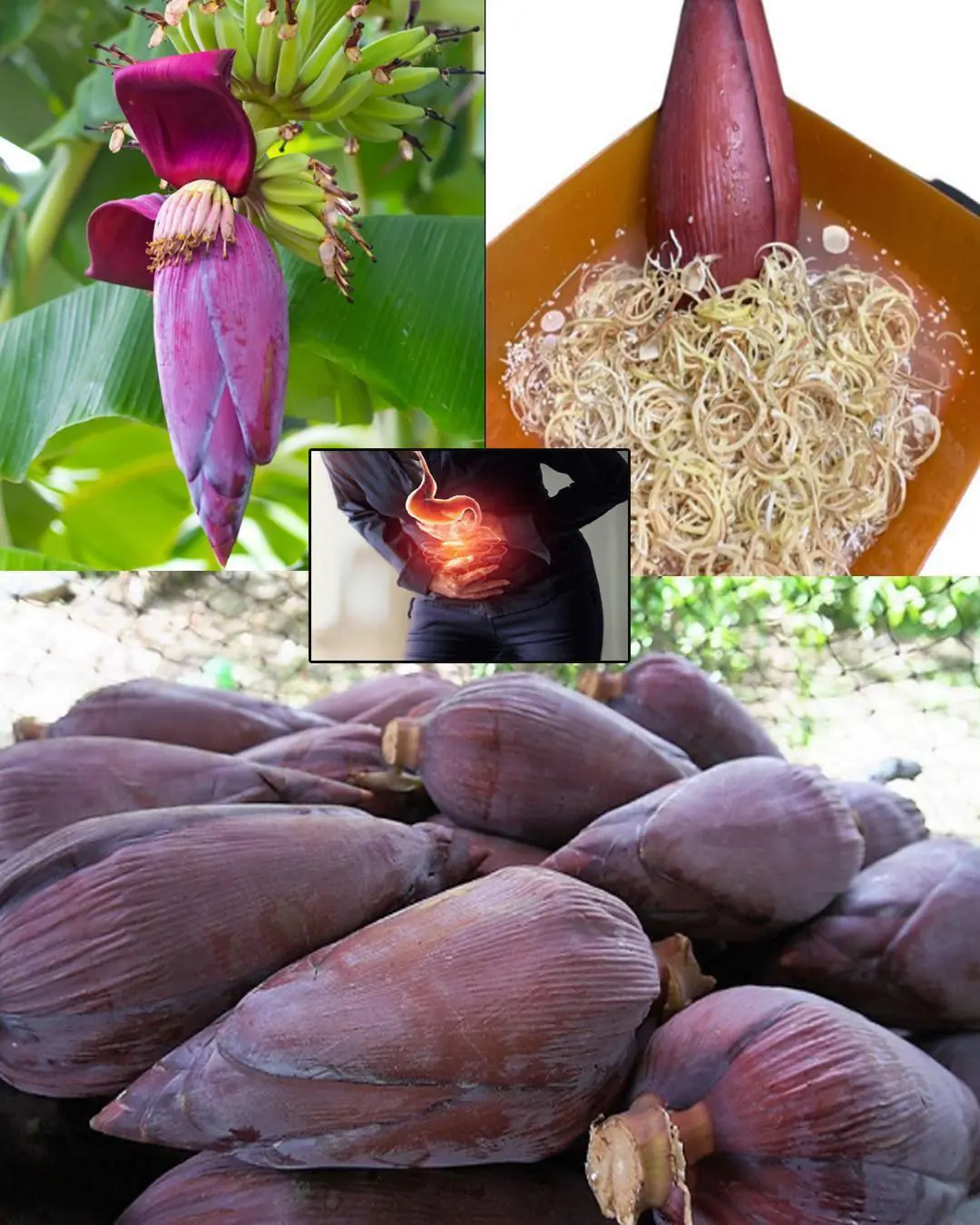
Banana Blossom: Health Benefits, Recipes, and Uses
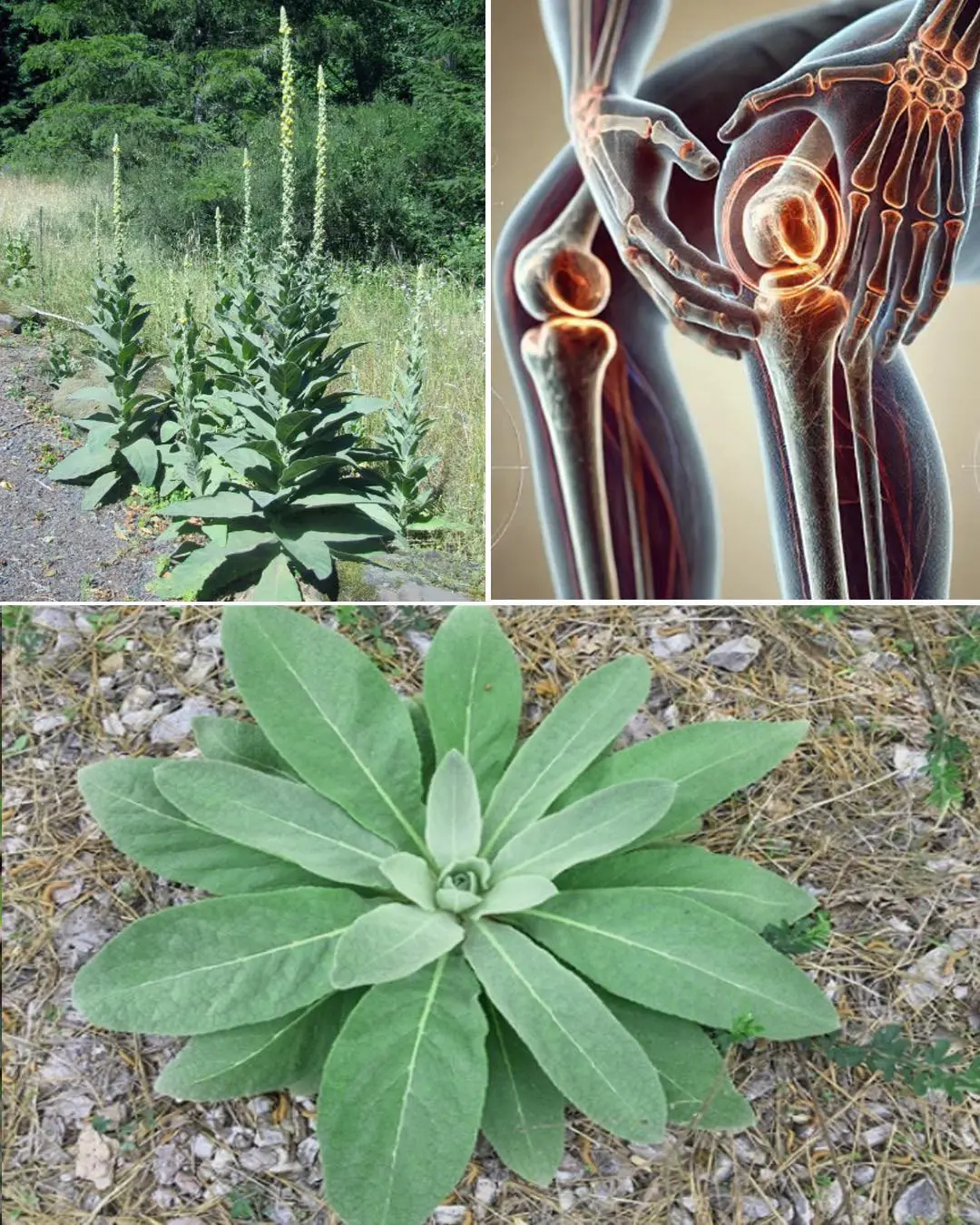
Common Mullein: Benefits and Uses of Nature’s Versatile Herb

Fig Leaves: Surprising Benefits and Uses

Inner Vitality Elixir: Benefits of Uda Seeds, Lemon, Aidan Fruit, and Ginger for Women’s Health

Some of the Benefits of Castor Leaves and the Seed
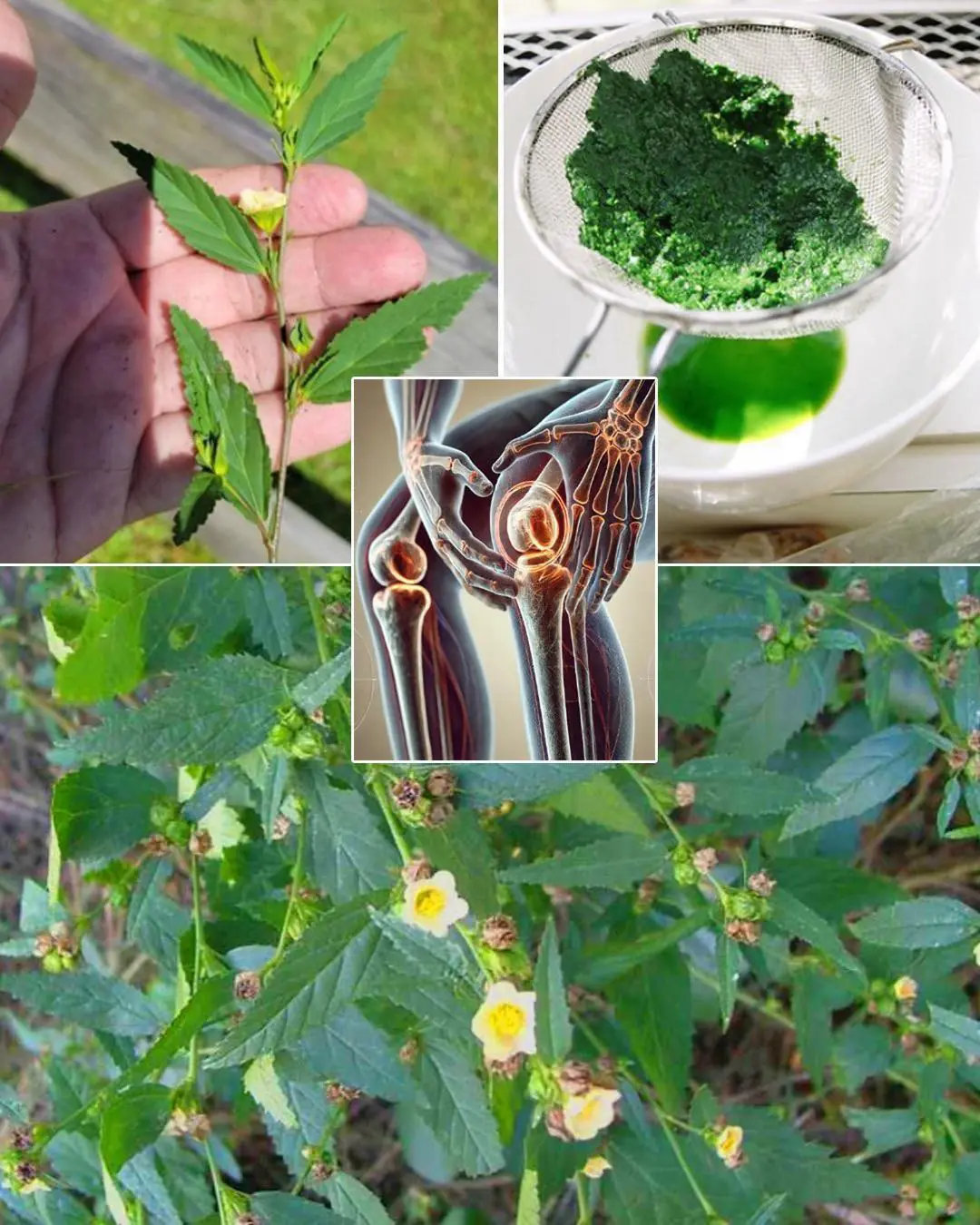
The Versatile Uses of Stubborn Grass

The Best Tea for Mornings and After Dinner: A Powerful Blend for Health

Mimosa Pudica Tea: How to Prepare and Health Benefits

Euphorbia Hirta (Asthma-plant): Traditional Uses and Applications
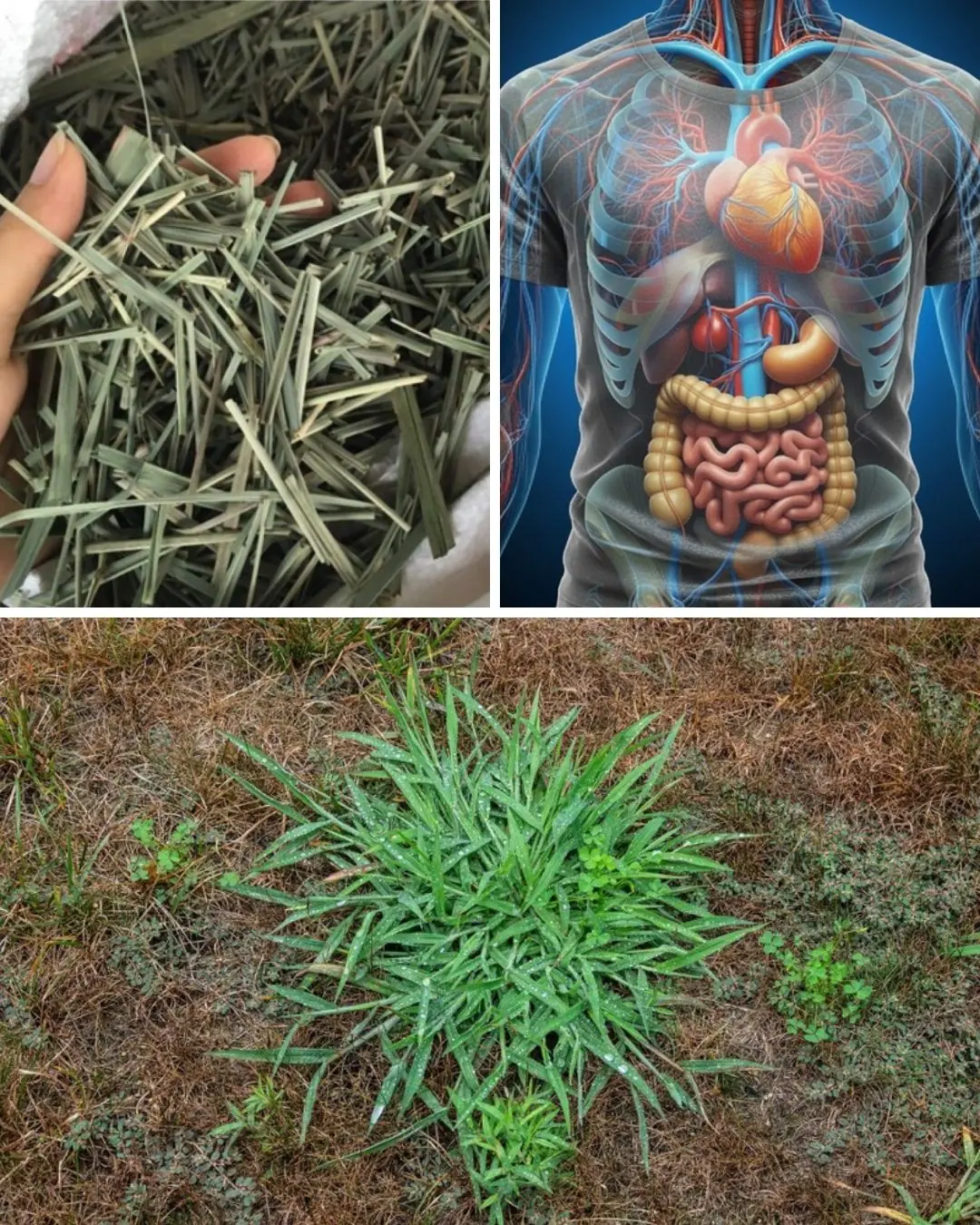
Harnessing the Power of Goose Grass: A Guide to Its Preparation and Therapeutic Uses

Lamb’s Quarters/Wild Spinach: The Underestimated Superfood with Maximum Health Benefits

Men’s Vitality Tonic: The Bold Health Boost from Ginger and Pineapple
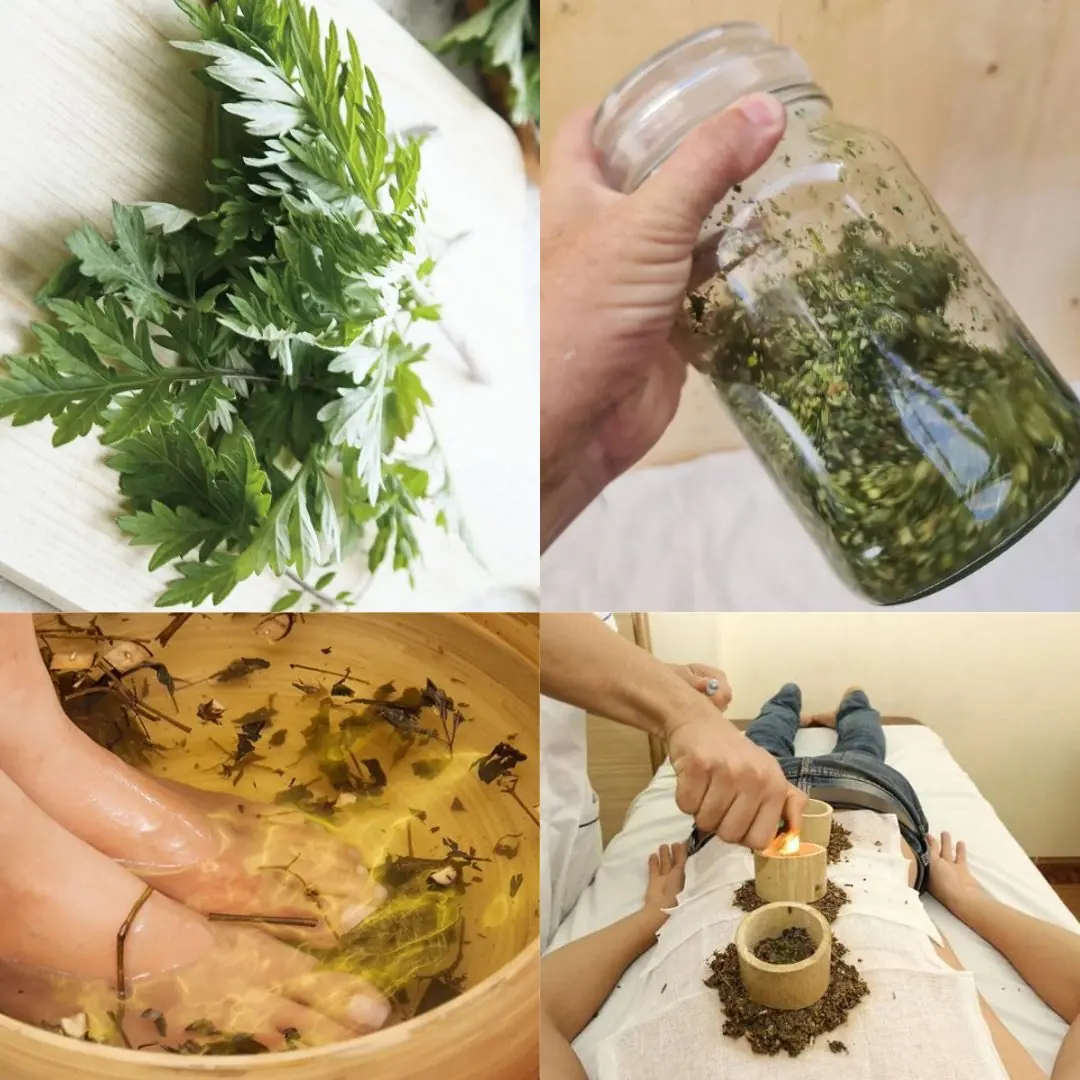
Mugwort Plant: Benefits, Properties, and Uses
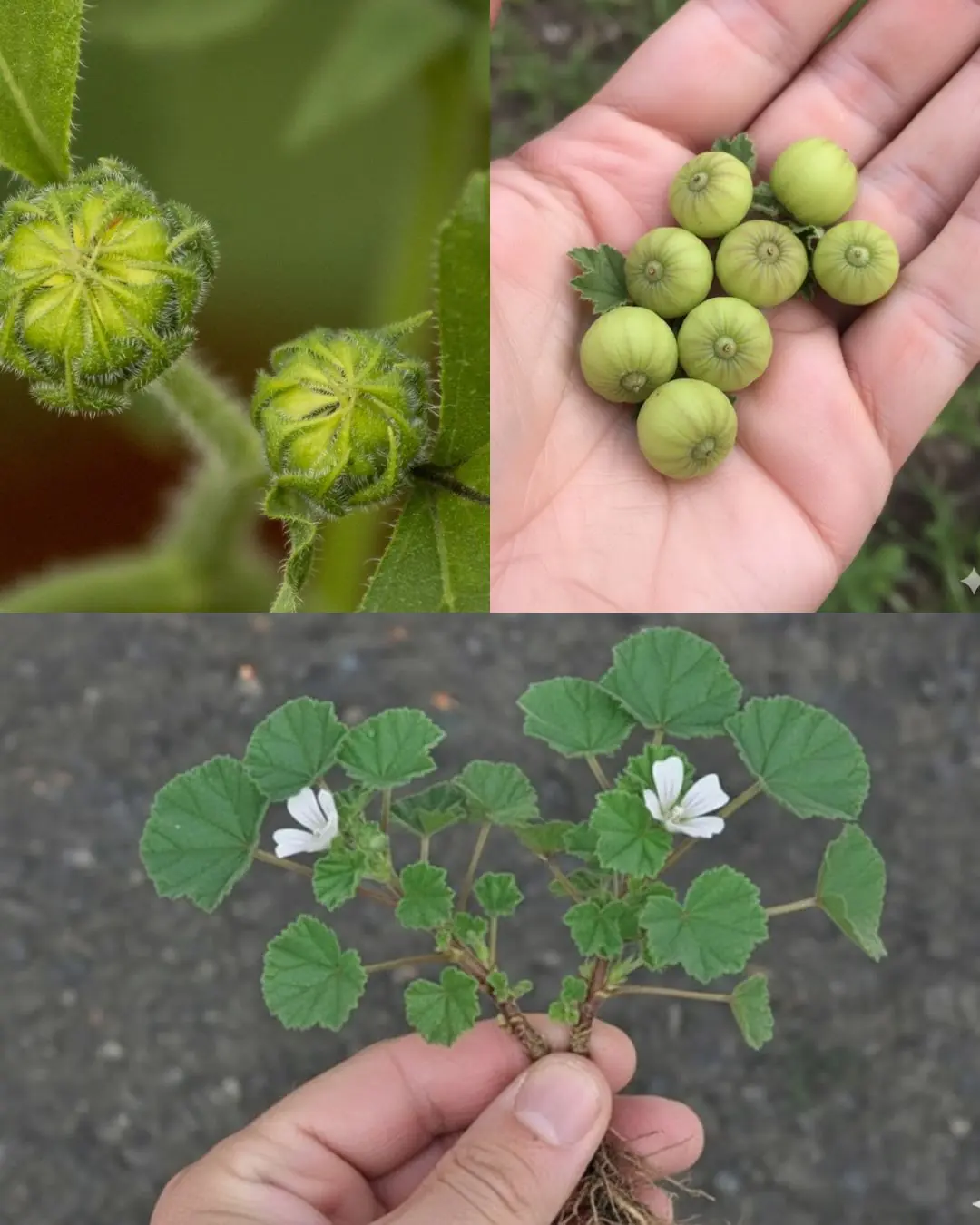
Unveiling the Green Marvel: The Top 10 Health Benefits of Common Mallow Leaves

Goldenberries (Physalis peruviana): A Nutrient-Packed Powerhouse for Health and Vision
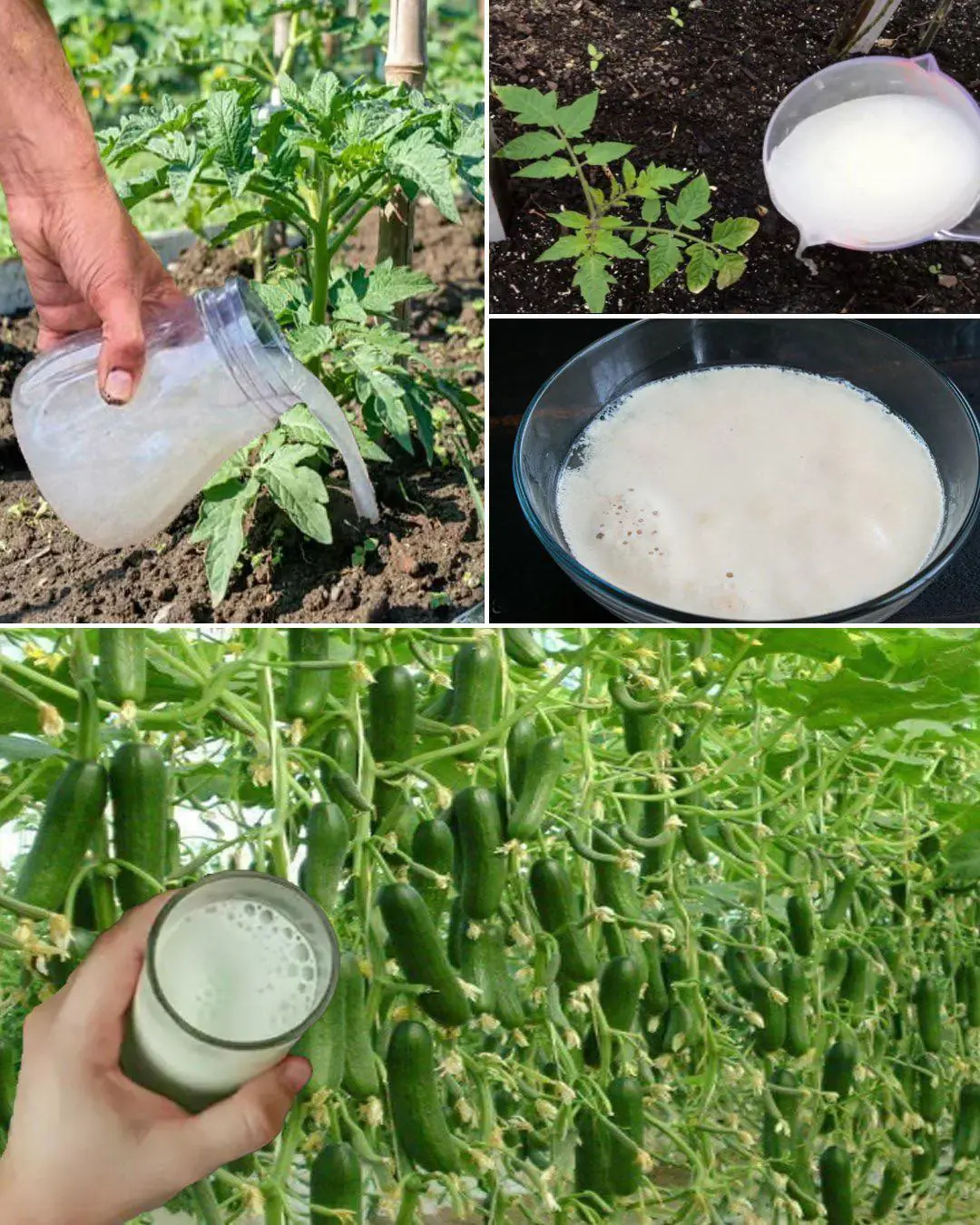
Garlic, tomatoes and cucumbers will grow rapidly. The most powerful fertilizer.

12 Powerful Benefits of Moringa Seeds
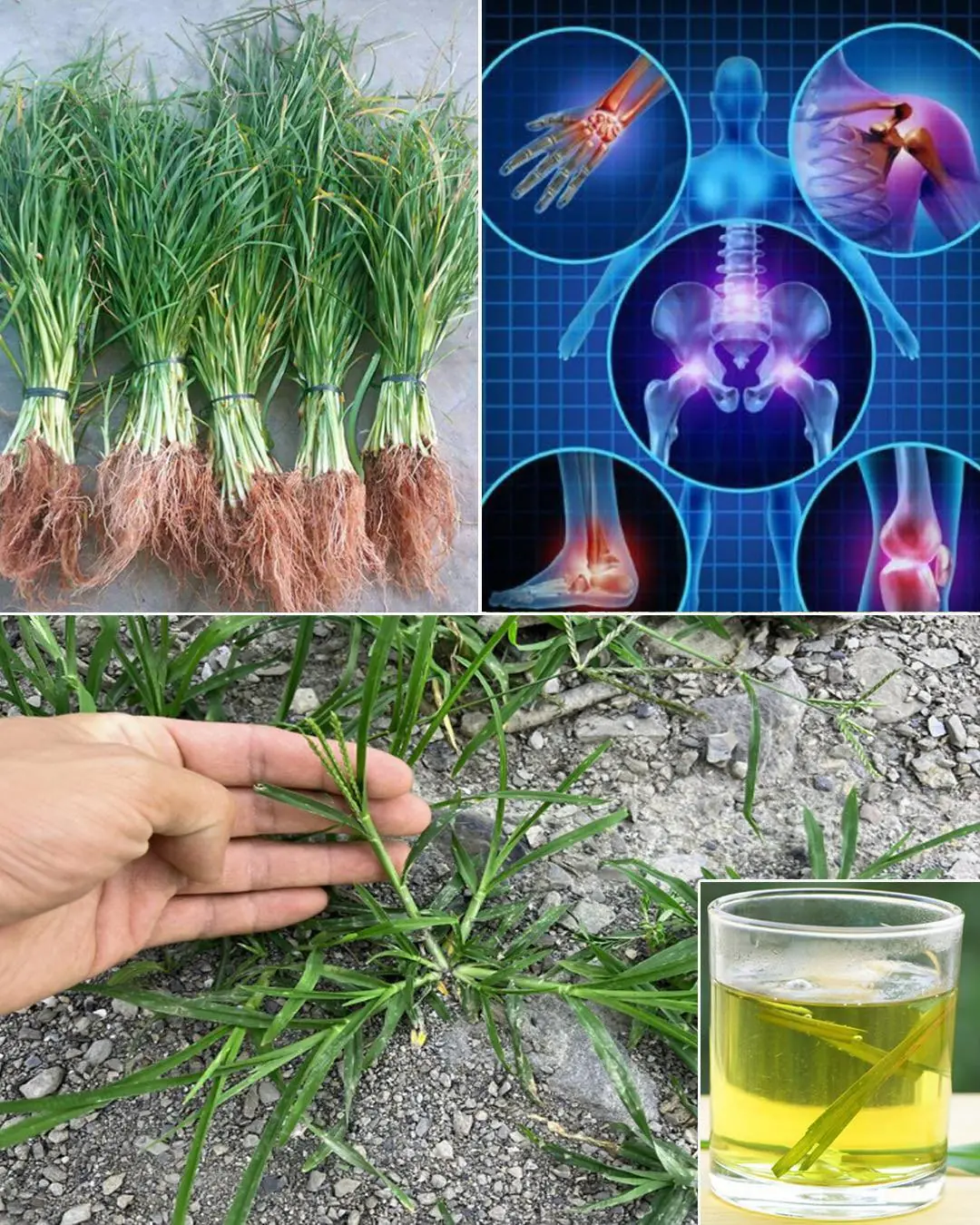
25 Incredible Health Benefits of Goosegrass
News Post

Lemon Seeds Can Save a Snakebite Victim Within Just One Minute If Used This Way

Why Keeping A Lemon In Your Bedroom Is A Great Idea

Put salt in your toilet. Here's why. This is something plumbers will never tell you

Guava Leaves for Blood Sugar Control: Nature’s Gift for Diabetics

Banana Blossom: Health Benefits, Recipes, and Uses

Common Mullein: Benefits and Uses of Nature’s Versatile Herb

Fig Leaves: Surprising Benefits and Uses

Inner Vitality Elixir: Benefits of Uda Seeds, Lemon, Aidan Fruit, and Ginger for Women’s Health

When Checking Out of a Hotel, Don’t Fold the Bedding—Not Knowing This Will Only Cause Trouble

Some of the Benefits of Castor Leaves and the Seed

The Versatile Uses of Stubborn Grass

Pour Beer into Table Salt to Solve Many Household Problems – Wish I Knew This Trick Sooner!

The Best Tea for Mornings and After Dinner: A Powerful Blend for Health

Mimosa Pudica Tea: How to Prepare and Health Benefits

If you have this plant in your garden, don’t cut it down – it’s incredibly valuable!

Euphorbia Hirta (Asthma-plant): Traditional Uses and Applications

Harnessing the Power of Goose Grass: A Guide to Its Preparation and Therapeutic Uses

The water pipe is clogged, do this way to solve it easily, no need to call a plumber

Woman Left with Swollen Lip After Centipede Bites Her in Sleep
